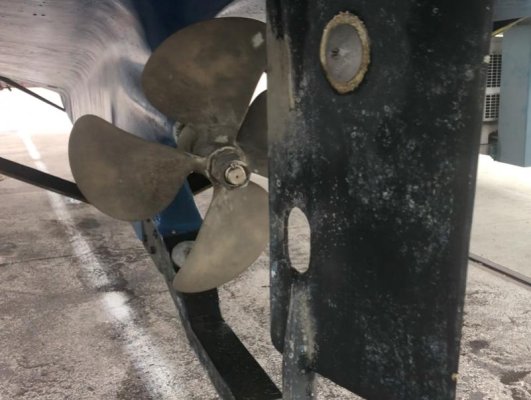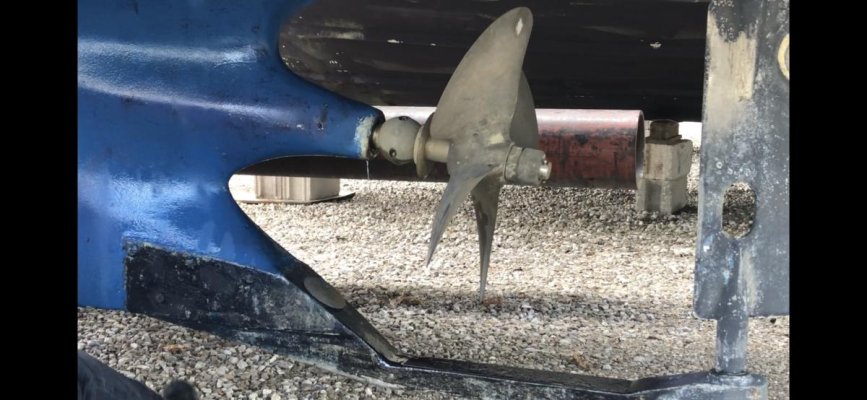HeadedToTexas
Guru
I remain at an uncomfortably steep point on the backing a single screw inboard learning curve. My slip has allowed me to get by without a lot of backing, but that is a temporary thing and backing is a necessary skill.
After what seems like far too long, I think I have discovered a big part of the mystery. I learned a lot from a delivery captain that helped me get out of Lake Michigan two years ago. The way he taught maneuvering made a lot of sense, but taking the theory in to practical application was never quite as clear.
By my reckoning, the left hand prop on my 2007 Mariner 37 rotates counterclockwise in reverse meaning that the stern will walk to starboard when backing. Do all Mariner 37s and Helmsman 38s have left hand props?
After what seems like far too long, I think I have discovered a big part of the mystery. I learned a lot from a delivery captain that helped me get out of Lake Michigan two years ago. The way he taught maneuvering made a lot of sense, but taking the theory in to practical application was never quite as clear.
By my reckoning, the left hand prop on my 2007 Mariner 37 rotates counterclockwise in reverse meaning that the stern will walk to starboard when backing. Do all Mariner 37s and Helmsman 38s have left hand props?


